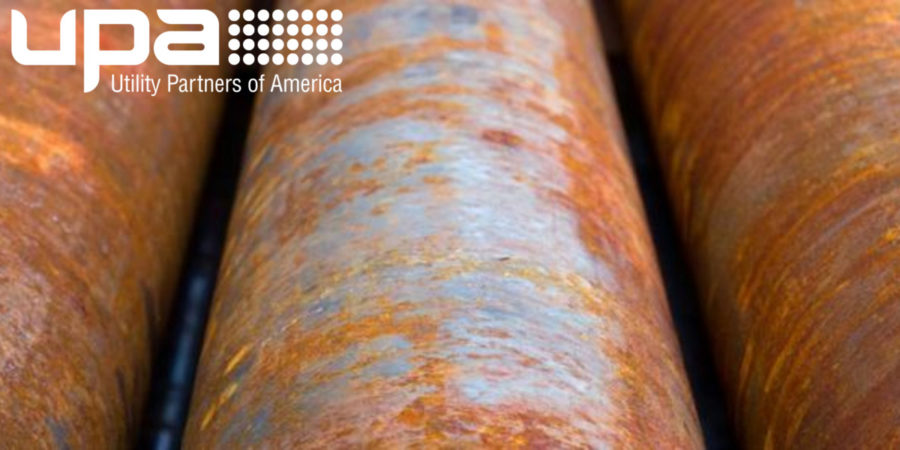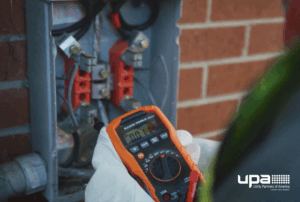Much has been said and written about the state of America’s utility infrastructure, including by us. From its age and condition to the importance of repairing and replacing critical parts, it’s a popular topic of conversation. One of the most significant contributors to the decline of tanks, pipes, and enclosures is corrosion.
What causes corrosion?
Defined as the process of a metal decaying due to a chemical reaction, corrosion will wreak havoc on assets. Whether owned by the utility or by the homeowner, rusting metal leads to repair costs. It can also lead to long-term health problems. Utilities can reduce the associated risk by working to improve customer awareness of corrosion.
Related: Corrosion Surveys: Why are they Important?
Improved customer awareness of corrosion starts with explaining what it is and its underlying causes. Metal pipes are responsible for the distribution of drinking water. Water can lead to corrosion based on the properties of the pipe, the water, surrounding soil, and stray electric currents. When the water reaches the pipe, it delivers oxygen that combines with carbon dioxide in the air. The resulting carbonic acid is what ultimately causes the corrosion of pipes. As discussed in our explanatory blog, there are effective prevention methods that both utilities and customers can consider.
Related: Reuse and Recycle: Clean Water Initiatives
In a section on causes of corrosion in water system pipes, the Centers for Disease Control and Prevention (CDC) describes the process this way: An electrochemical cell is required for corrosion of metal water pipes. Think of an electrochemical cell as a battery with an electric current between a positive potential (anode) and a negative potential (cathode). Differences in the types of chemicals in soil or the surface of the metal pipe lead to corrosion potential.
Related: Minimizing Damage When You Spring a Leak
Potential health problems
There are many types of plumbing fixtures in a home, made of copper and other metals susceptible to corrosion. If this happens, contamination can make its way into the water supply. When consumed by humans, it’s been reported that copper contamination from corrosion can impact the gastrointestinal tract and damage the liver and kidneys. Along with lead, copper contamination causes developmental delays in children and kidney issues in adults.
Related: Leak Detection Part One: Water
What customers should look out for
There are a number of signs pointing to corrosion within the clean water delivery process. Customers should take note of some of the most prevalent symptoms. Signs include blue-green stains in the sink, a metallic taste to the water that is particularly strong in the morning but improves throughout the day, and random pinhole-sized water leaks on the floor or in the walls.
Related: Customer Engagement Over Customer Service
Provide constant communication to customers
Informing customers about the signs and symptoms of corrosion once a year simply isn’t enough. Updates on what the utility is doing to prevent corrosion can go a long way toward improving overall awareness. Additionally, it’s imperative that customers have clear instructions on what to do and who to call if they believe corrosion is impacting their water supply.
Related: Prioritizing Customer Service Across the Business
Utility Partners of America has been a trusted water utility ally for 20+ years
Carrying out asset inspections, surveys, and maintenance for more than two decades, Utility Partners of America (UPA) has helped countless utilities to maximize the life of their assets. If your water utility is looking for help, contact us today to see what we can do for you.




